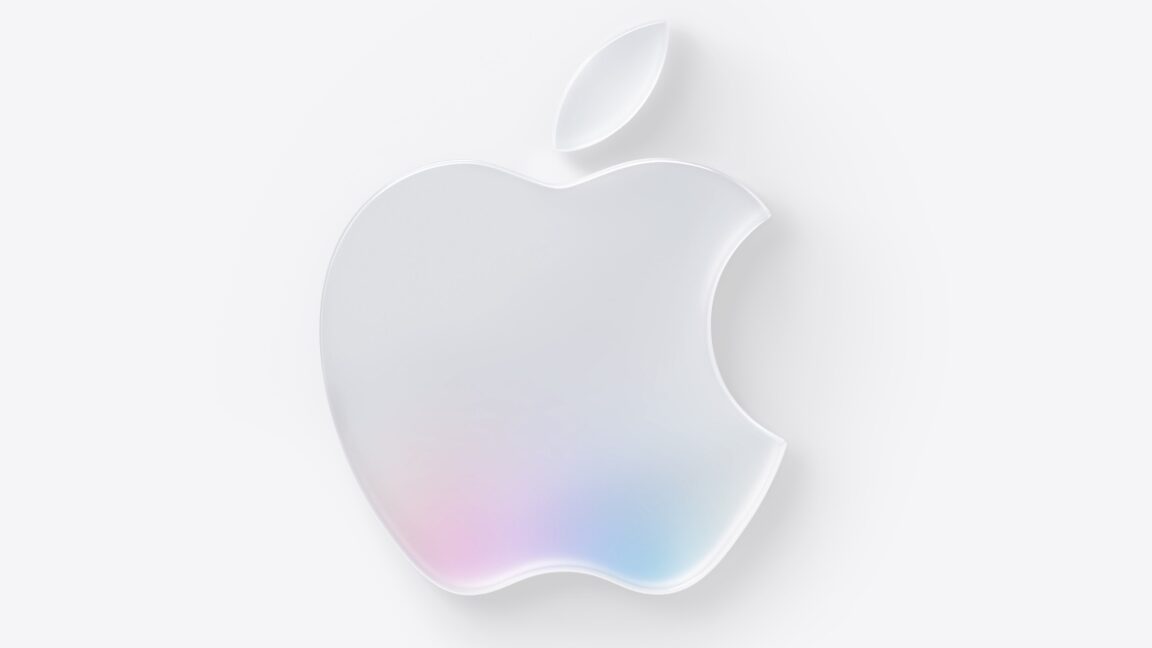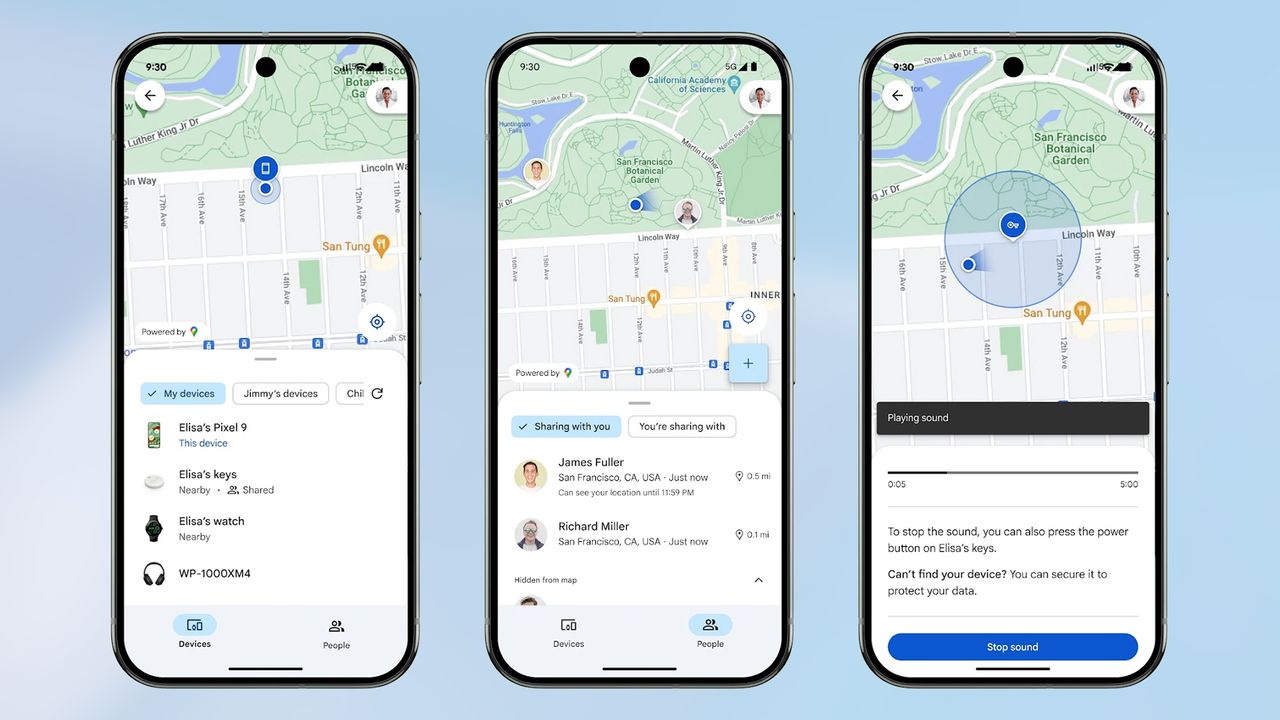From friendly to frenemies: Retracing the Trump-Putin relationship as they meet in Alaska
Donald Trump’s summit with Vladimir Putin in Alaska on Friday could be a decisive moment for both the war in Ukraine and the U.S. leader’s anomalous relationship with his Russian counterpart.
Trump has long boasted that he’s gotten along well with Putin and spoken admiringly of him, even praising him as “pretty smart” for invading Ukraine. But in recent months, he’s expressed frustrations with Putin and threatened more sanctions on his country.
At the same time, Trump has offered conflicting messages about his expectations for the summit. He has called it “really a feel-out meeting” to gauge Putin’s openness to a ceasefire but also warned of “very severe consequences” if Putin doesn’t agree to end the war.
For Putin, Friday’s meeting is a chance to repair his relationship with Trump and unlace the West’s isolation of his country following its invasion of Ukraine 3 1/2 years ago. He’s been open about his desire to rebuild U.S.-Russia relations now that Trump is back in the White House.
The White House has dismissed any suggestion that Trump’s agreeing to sit down with Putin is a win for the Russian leader. But critics have suggested that the meeting gives Putin an opportunity to get in Trump’s ear to the detriment of Ukraine, whose leader was excluded from the summit.
“I think this is a colossal mistake. You don’t need to invite Putin onto U.S. soil to hear what we already know he wants,” said Ian Kelly, a retired career foreign service officer who served as the U.S. ambassador to Georgia during the Obama and first Trump administrations.
Republican Sen. Lindsey Graham of South Carolina, a longtime Russia hawk and close ally of Trump’s, expressed optimism for the summit.
“I have every confidence in the world that the President is going to go to meet Putin from a position of strength, that he’s going to look out for Europe and Ukrainian needs to end this war honorably,” Graham wrote on social media.
A look back at the ups and downs of Trump and Putin’s relationship:
Russia questions during the 2016 campaign
Months before he was first elected president, Trump cast doubt on findings from U.S. intelligence agencies that Russian government hackers had stolen emails from Democrats, including his opponent Hillary Clinton, and released them in an effort to hurt her campaign and boost Trump’s.
In one 2016 appearance, he shockingly called on Russian hackers to find emails that Clinton had reportedly deleted.
“Russia, if you’re listening,” Trump said, “I hope you’re able to find the 30,000 emails that are missing.”
Questions about his connections to Russia dogged much of his first term, touching off investigations by the Justice Department and Congress and leading to the appointment of special counsel Robert Mueller, who secured multiple convictions against Trump aides and allies but did not establish proof of a criminal conspiracy between Moscow and the Trump campaign.
These days, Trump describes the Russia investigation as an affinity he and Putin shared.
“Putin went through a hell of a lot with me,” Trump said earlier this year. “He went through a phony witch hunt where they used him and Russia. Russia, Russia, Russia, ever hear of that deal?”
Putin in 2019 mocked the investigation and its ultimate findings, saying, “A mountain gave birth to a mouse.”
‘He just said it’s not Russia’
Trump met with Putin six times during his first term, including a 2018 summit in Helsinki, when Trump stunned the world by appearing to side with an American adversary on the question of whether Russia meddled in the 2016 election.
“I have great confidence in my intelligence people, but I will tell you that President Putin was extremely strong and powerful in his denial today,” Trump said. “He just said it’s not Russia. I will say this: I don’t see any reason why it would be.”
Facing intense blowback, Trump tried to walk back the comment a full 24 hours later. But he raised doubt on that reversal by saying other countries could have also interfered.
Putin referred to Helsinki summit as “the beginning of the path” back from Western efforts to isolate Russia. He also made clear that he had wanted Trump to win in 2016.
“Yes, I wanted him to win because he spoke of normalization of Russian-U.S. ties,” Putin said. “Isn’t it natural to feel sympathy to a person who wanted to develop relations with our country?”
Trump calls Putin ‘pretty smart’ after invasion of Ukraine
The two leaders kept up their friendly relationship after Trump left the White House under protest in 2021.
After Putin invaded Ukraine in 2022, Trump described the Russian leader in positive terms.
“I mean, he’s taking over a country for $2 worth of sanctions. I’d say that’s pretty smart,” Trump said at his Mar-a-Lago resort. In a radio interview that week, he suggested that Putin was going into Ukraine to “be a peacekeeper.”
Trump repeatedly said the invasion of Ukraine would never have happened if he had been in the White House — a claim Putin endorsed while lending his support to Trump’s false claims of election fraud.
“I couldn’t disagree with him that if he had been president, if they hadn’t stolen victory from him in 2020, the crisis that emerged in Ukraine in 2022 could have been avoided,” he said.
Trump also repeatedly boasted that he could have the fighting “settled” within 24 hours.
Through much of his campaign, Trump criticized U.S. support for Ukraine and derided Ukrainian President Volodymyr Zelenskyy as a “salesman” for persuading Washington to provide weapons and funding to his country.
Revisiting the relationship
Once he became president, Trump stopped claiming he’d solve the war in Ukraine in 24 hours. In March, he said he was “being a little bit sarcastic” when he said that.
Since the early days of Trump’s second term, Putin has pushed for a summit while trying to pivot from the Ukrainian conflict by emphasizing the prospect of launching joint U.S.-Russian economic projects, among other issues.
“We’d better meet and have a calm conversation on all issues of interest to both the United States and Russia based on today’s realities,” Putin said in January.
In February, things looked favorable for Putin when Trump had a blowup with Zelenskyy at the White House, berating him as “disrespectful.”
In late March, Trump still spoke of trusting Putin when it came to hopes for a ceasefire, saying, “I don’t think he’s going to go back on his word.”
But a month later, as Russian strikes escalated, Trump posted a public and personal plea on his social media account: “Vladimir, STOP!”
He began voicing more frustration with the Russian leader, saying he was “Just tapping me along.” In May, he wrote on social media that Putin “has gone absolutely CRAZY!”
Earlier this month, Trump ordered the repositioning of two U.S. nuclear submarines “based on the highly provocative statements” of the country’s former president, Dmitry Medvedev.
Trump’s vocal protests about Putin have tempered somewhat since he announced their meeting, but so have his predictions for what he might accomplish.
Speaking to reporters Monday, Trump described their upcoming summit not as the occasion in which he’d finally get the conflict “settled” but instead as “really a feel-out meeting, a little bit.”
“I think it’ll be good,” Trump said. “But it might be bad.”
___
Isachenkov reported from Moscow. Associated Press writer Matthew Lee contributed to this report.
This story was originally featured on Fortune.com


© AP Photo/Evan Vucci













